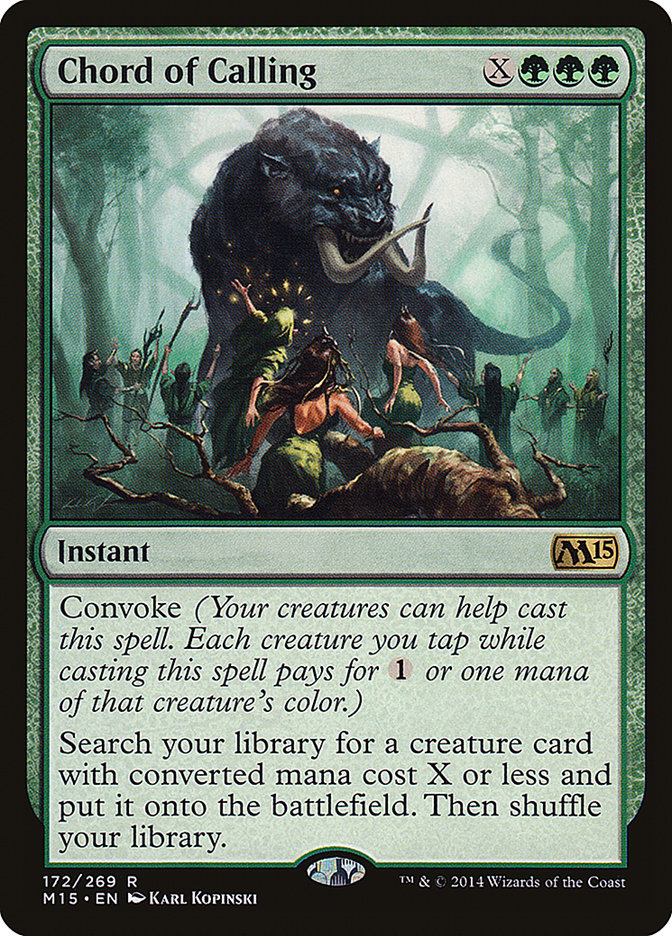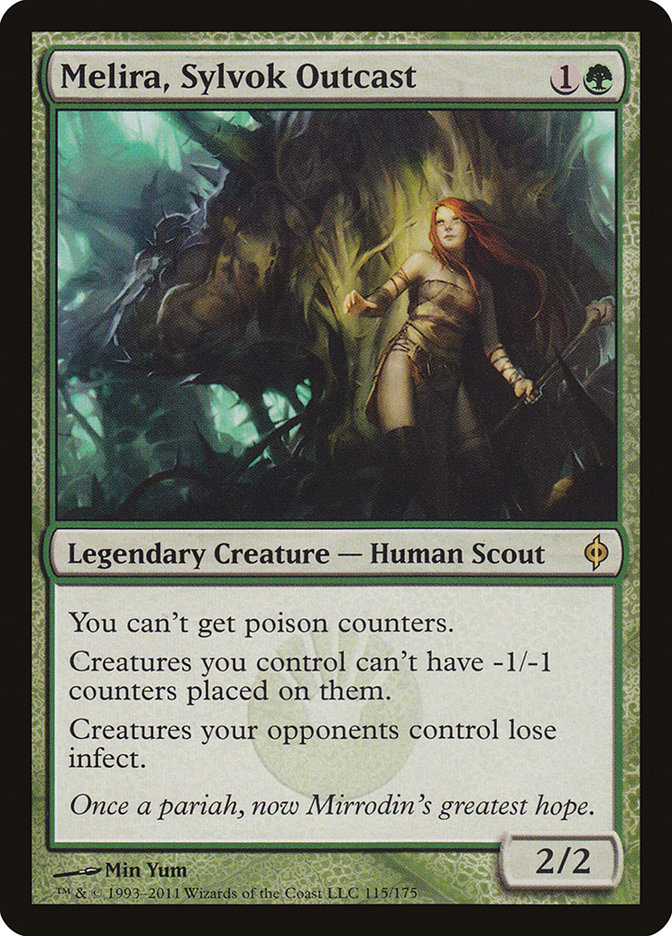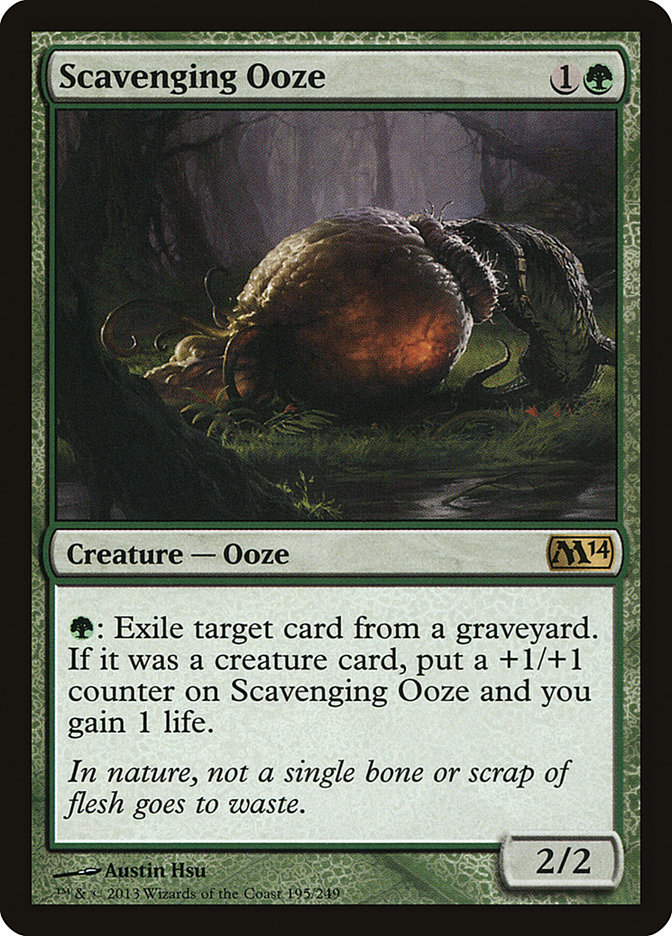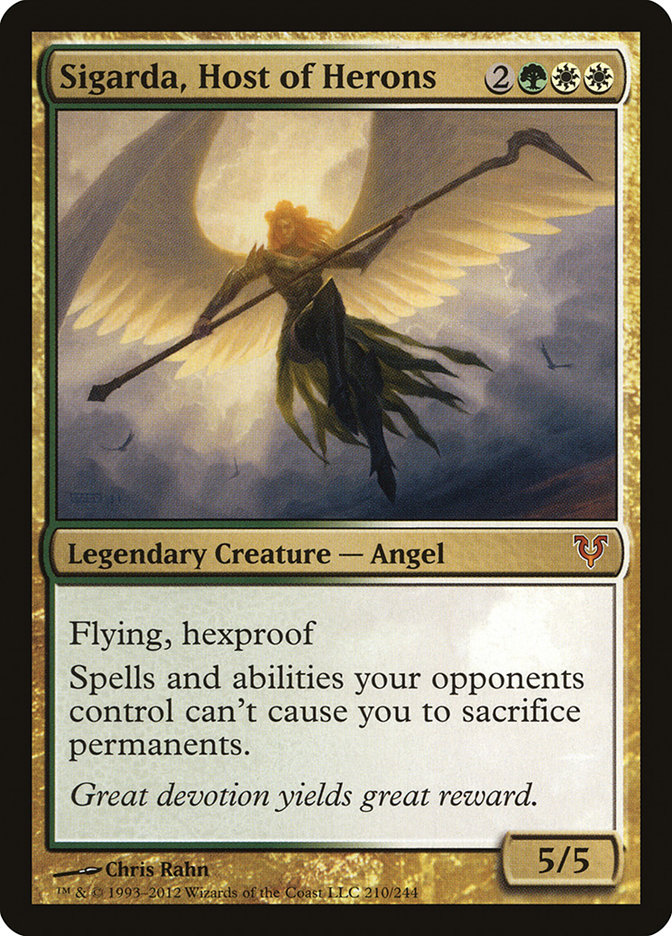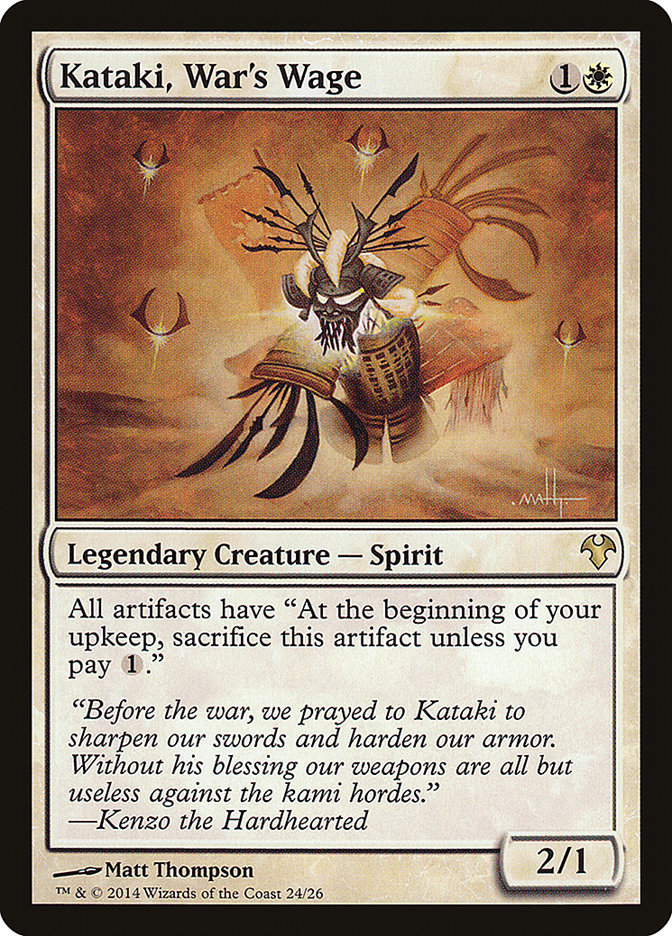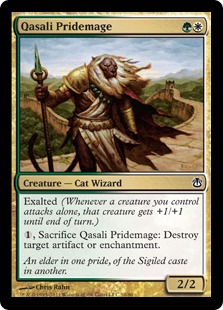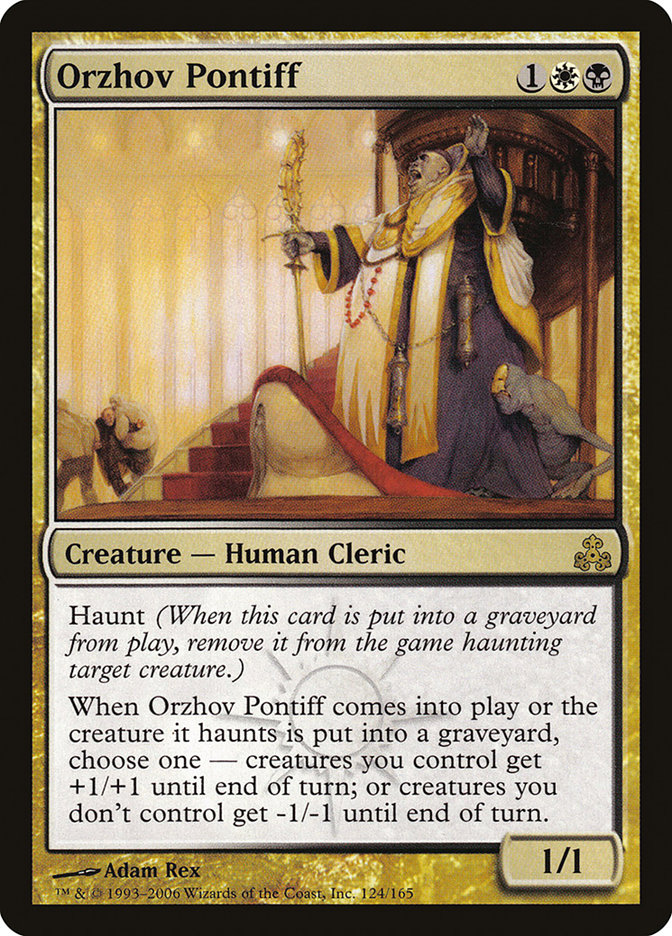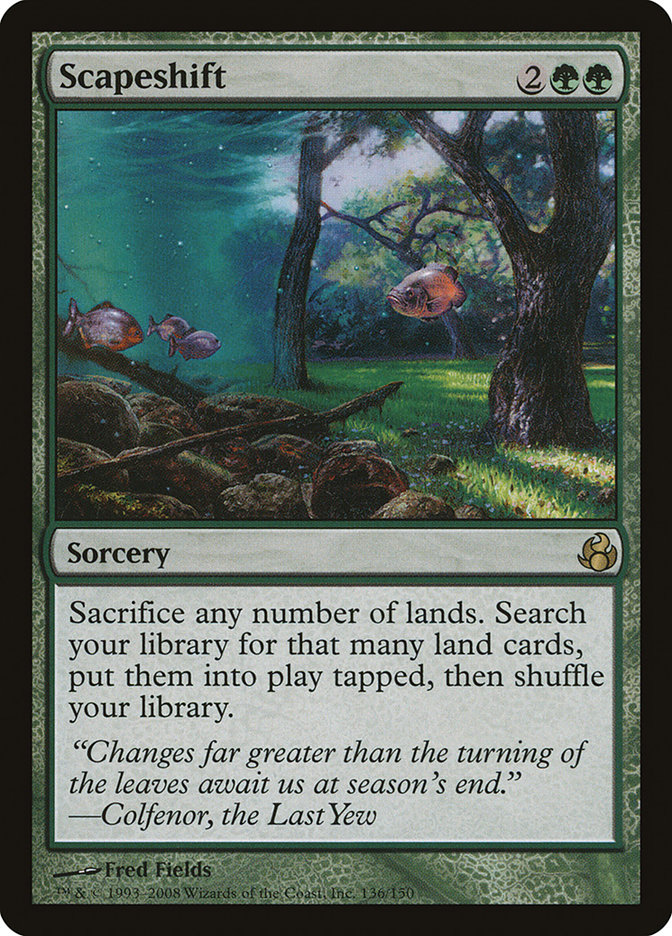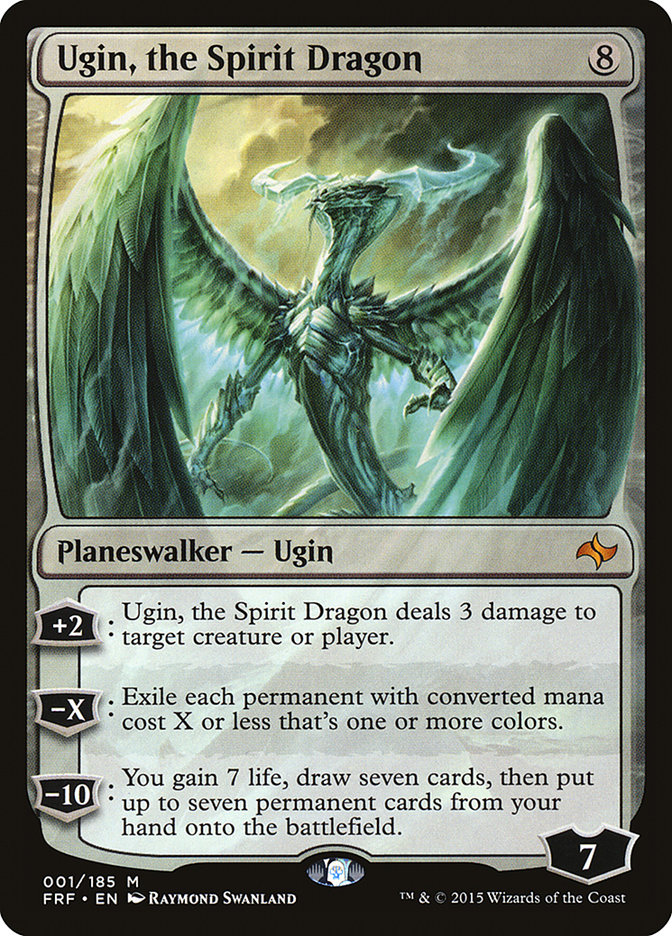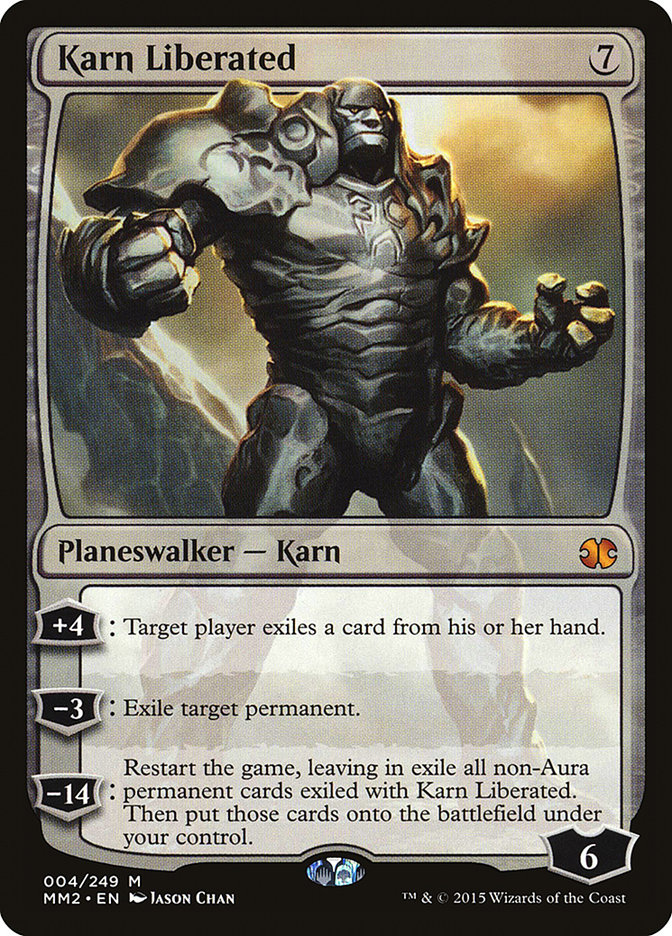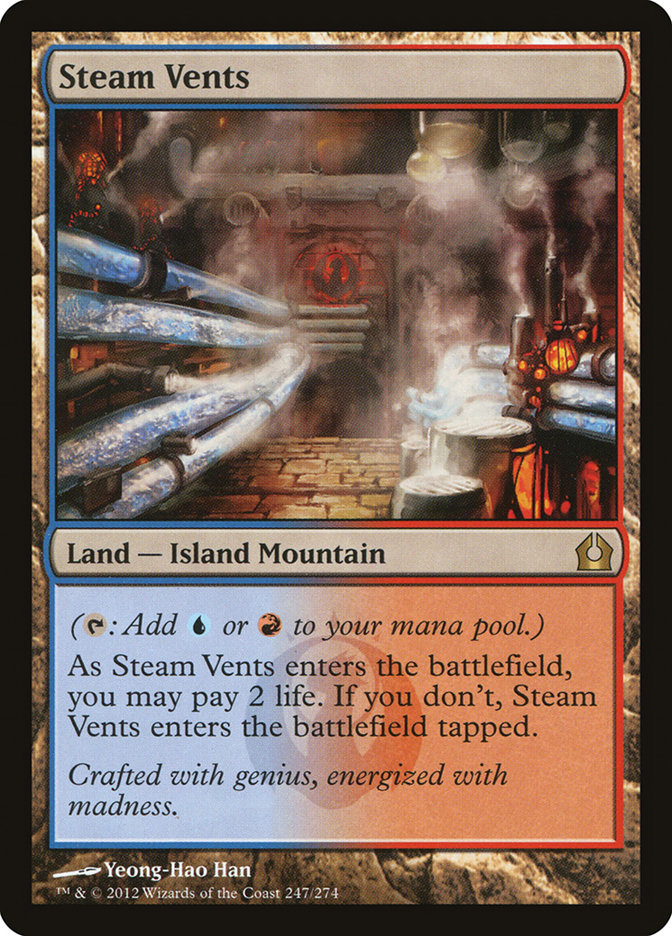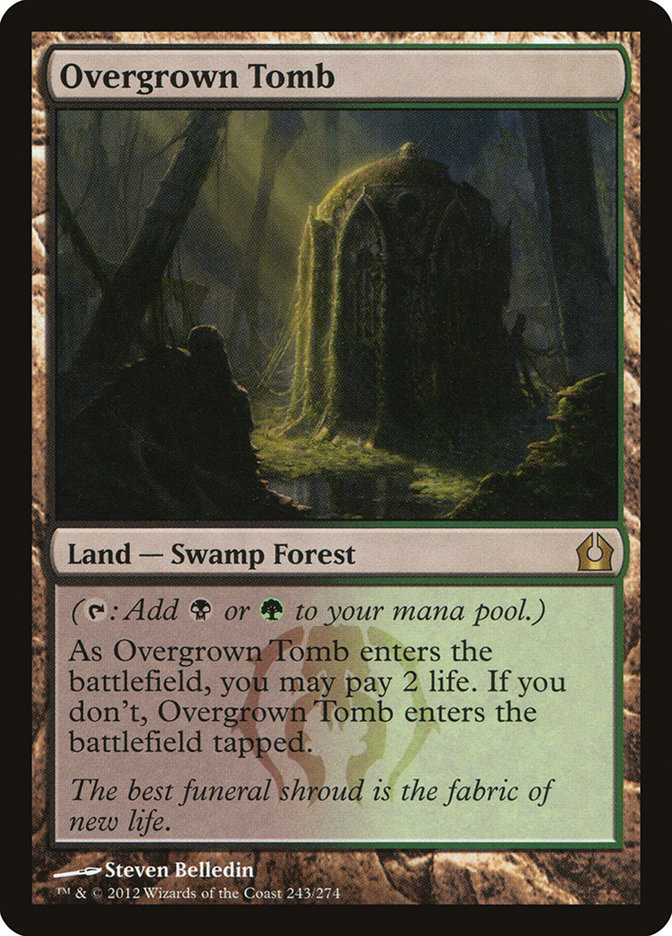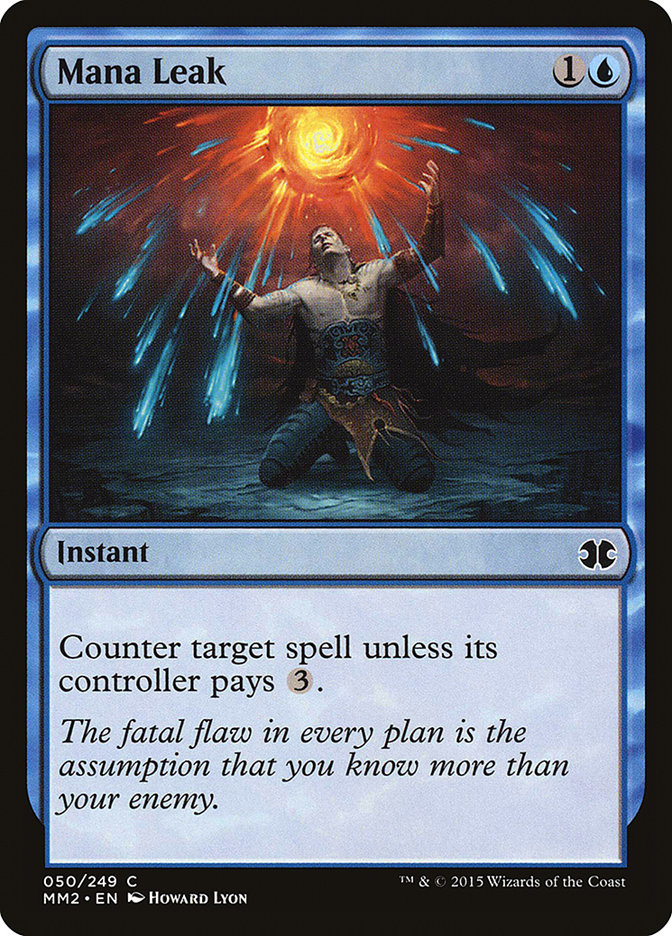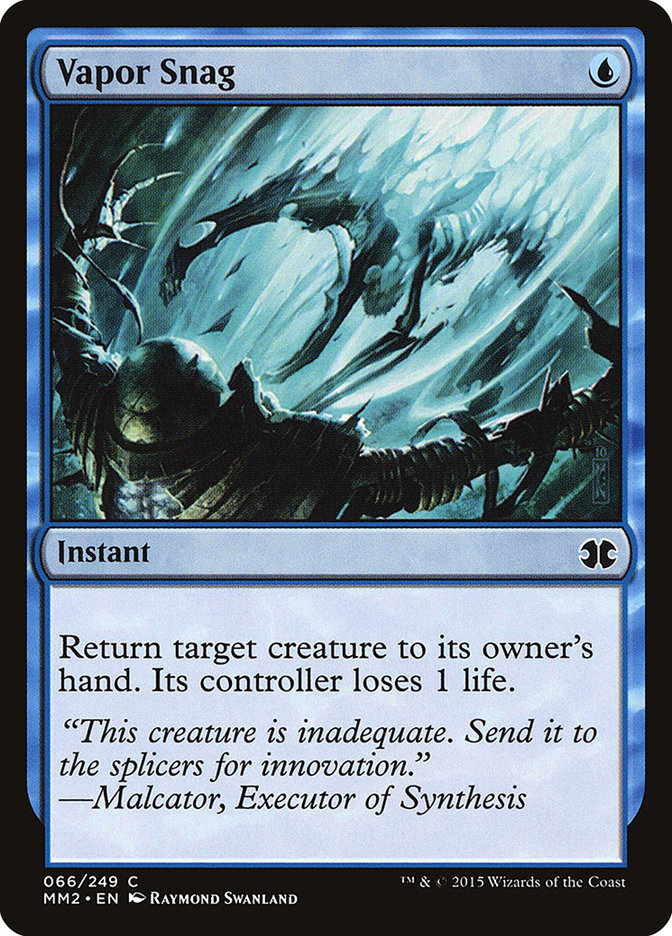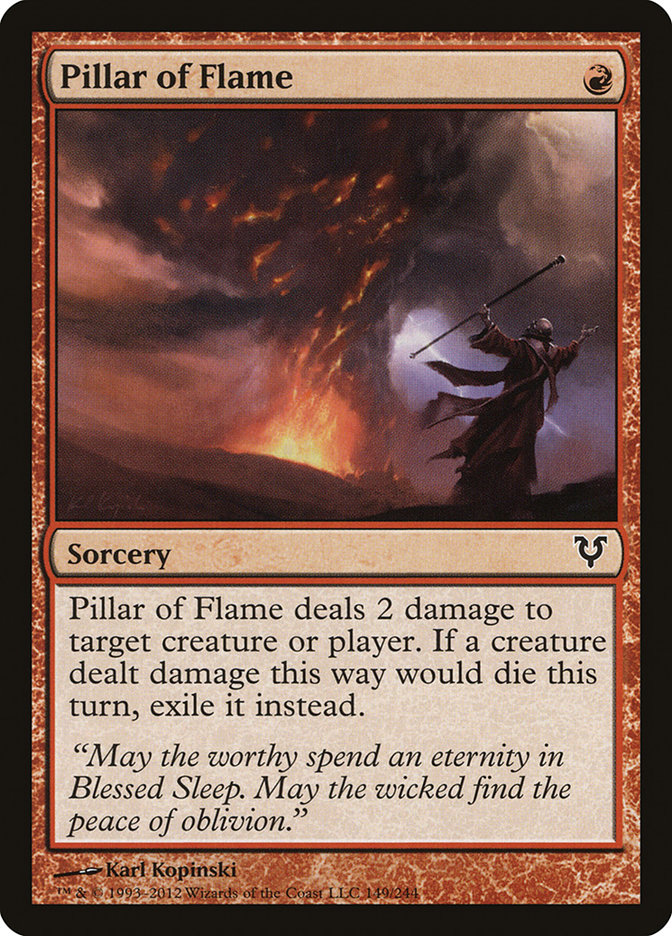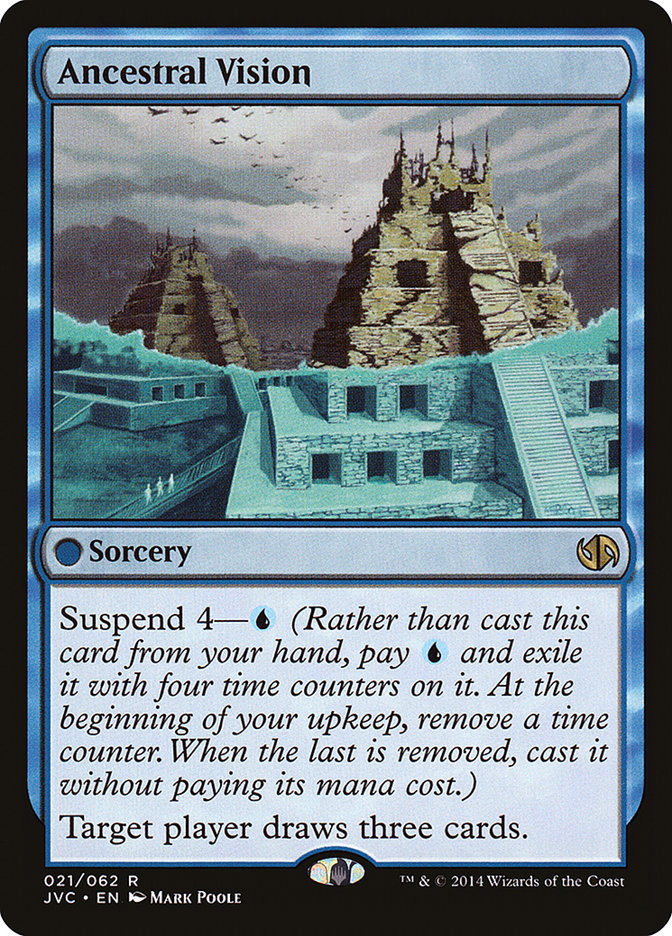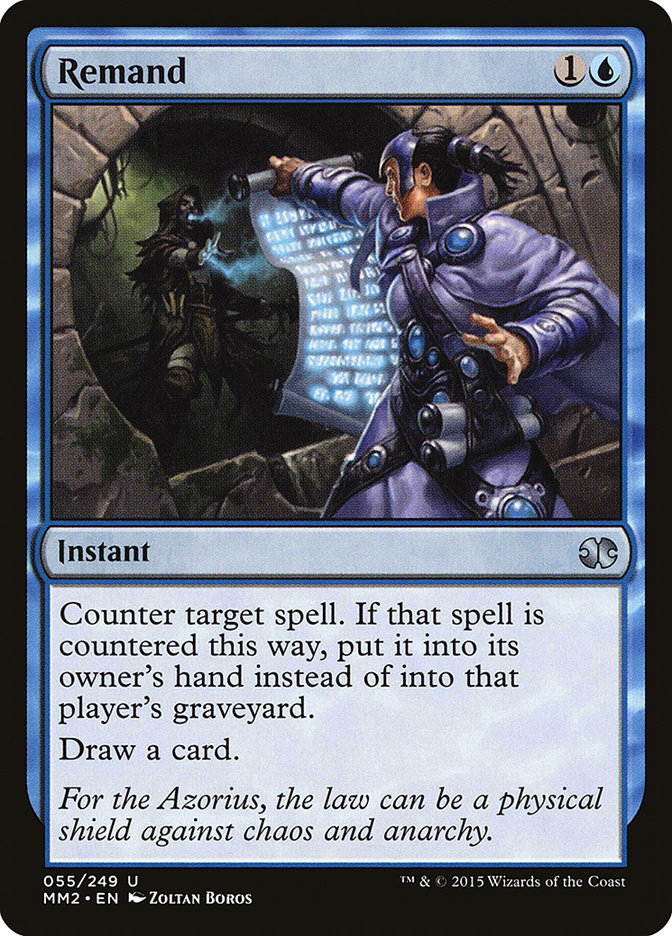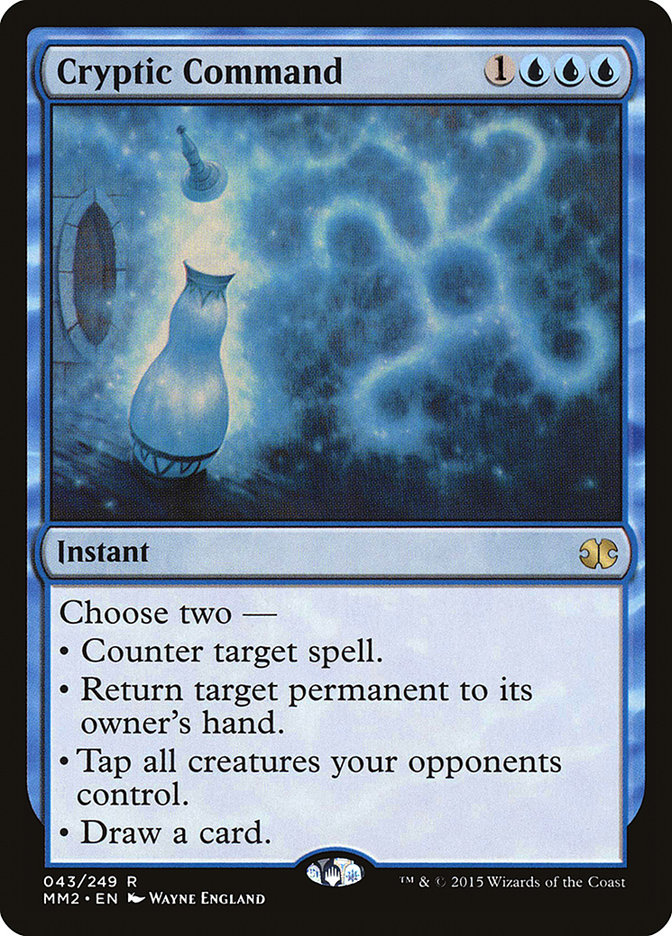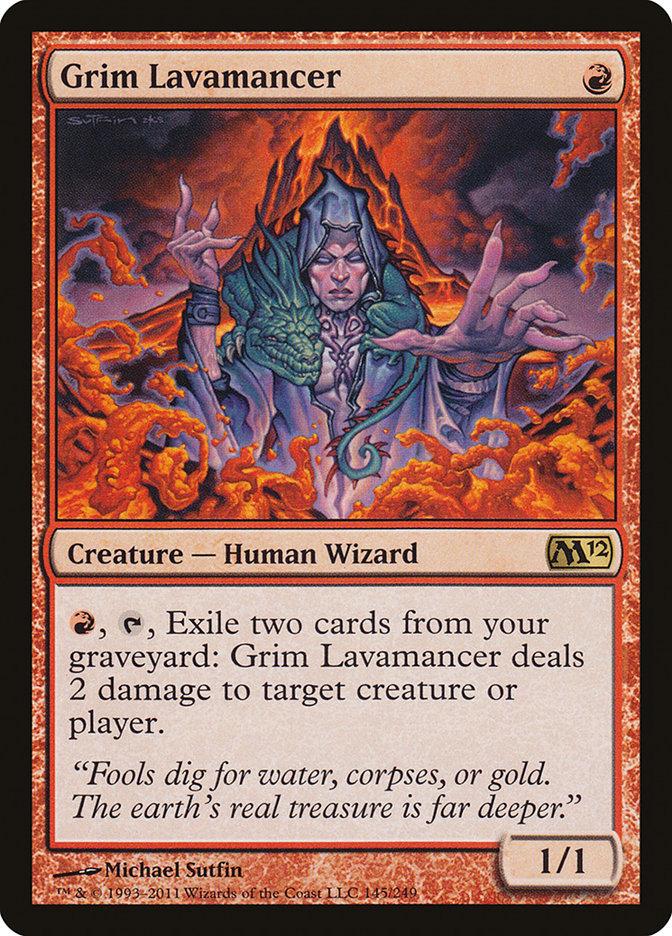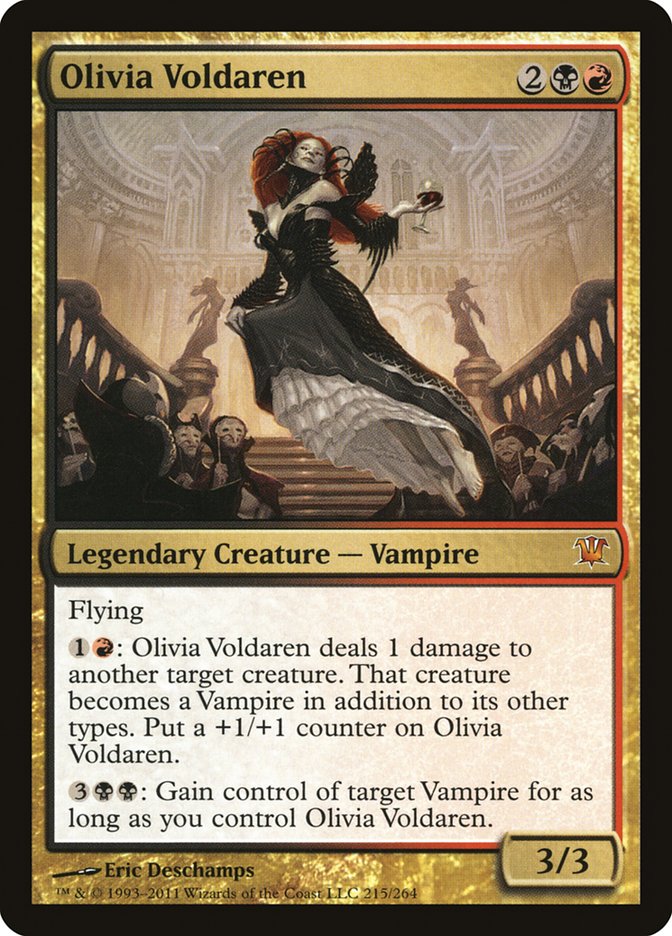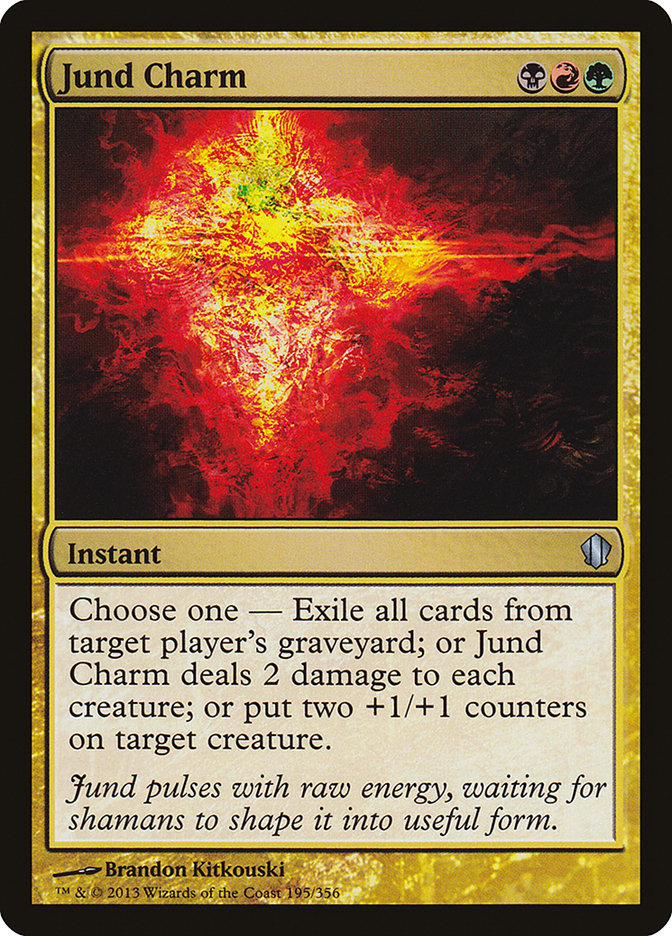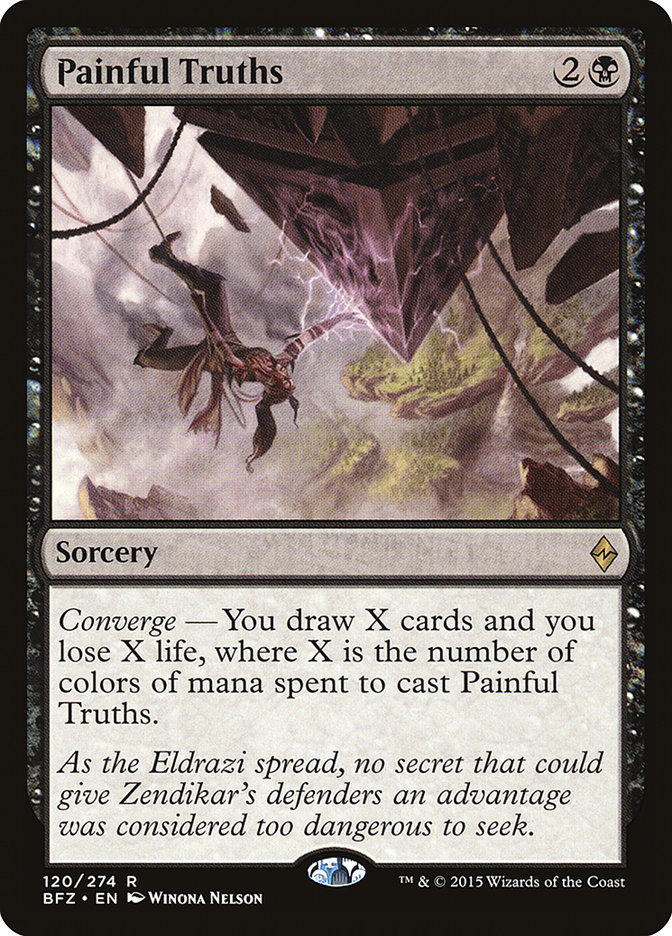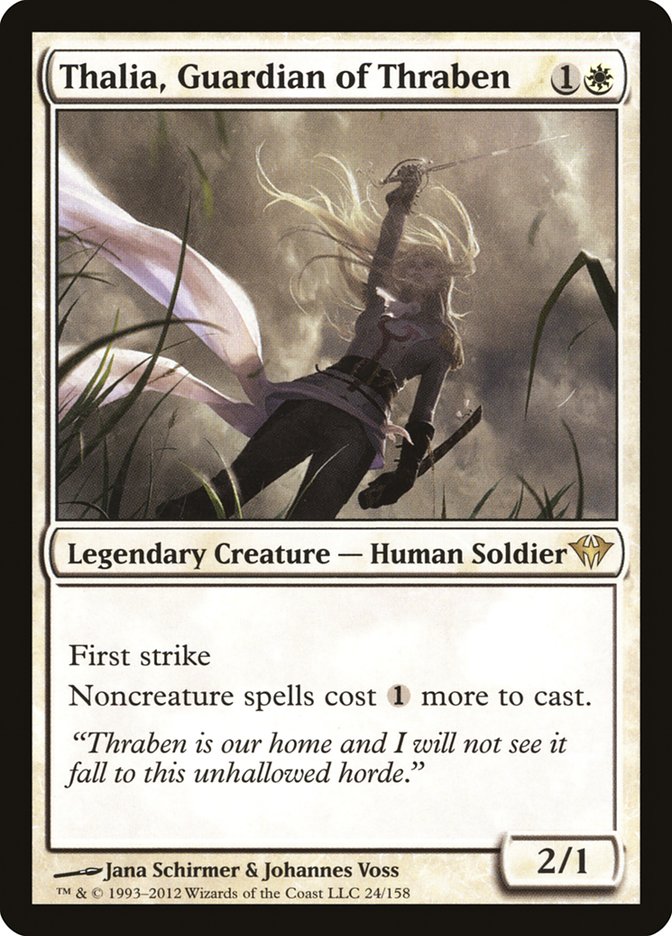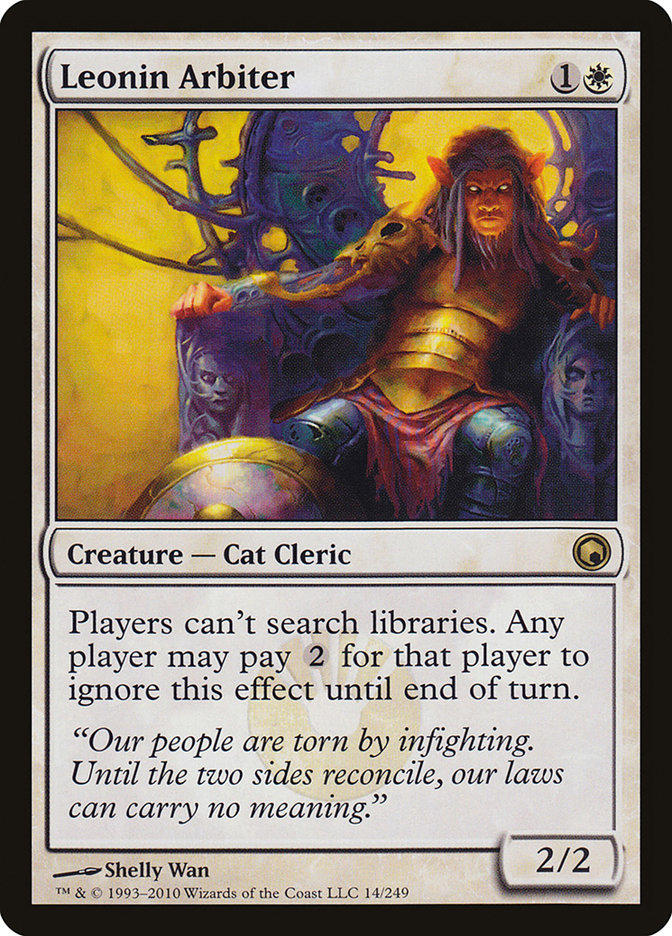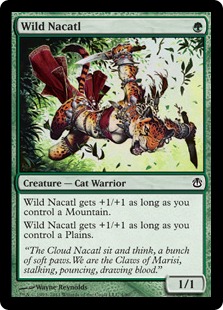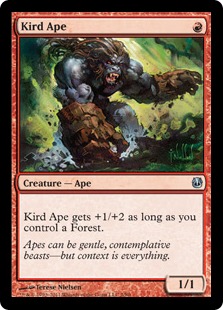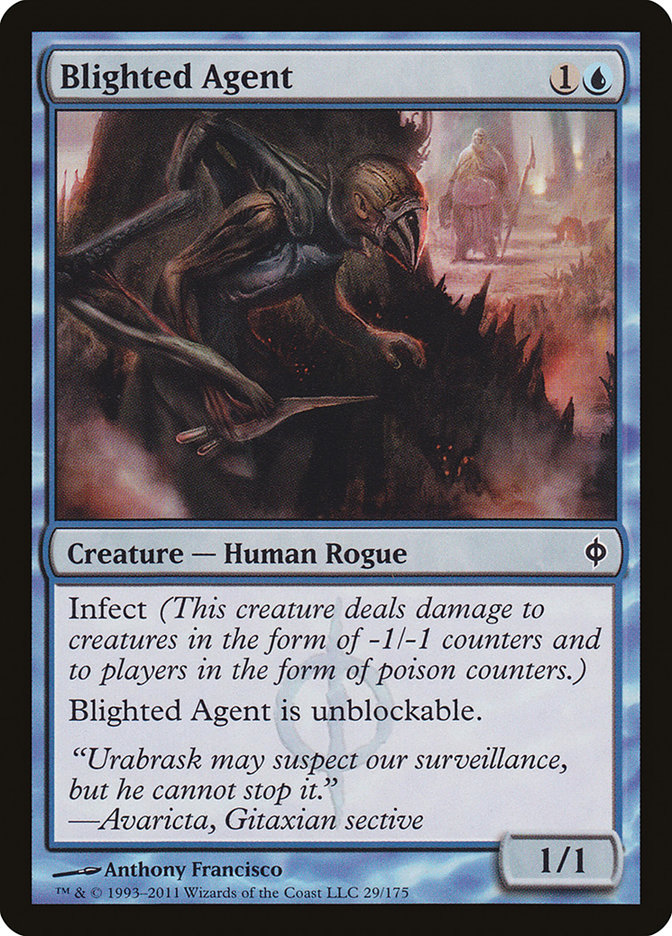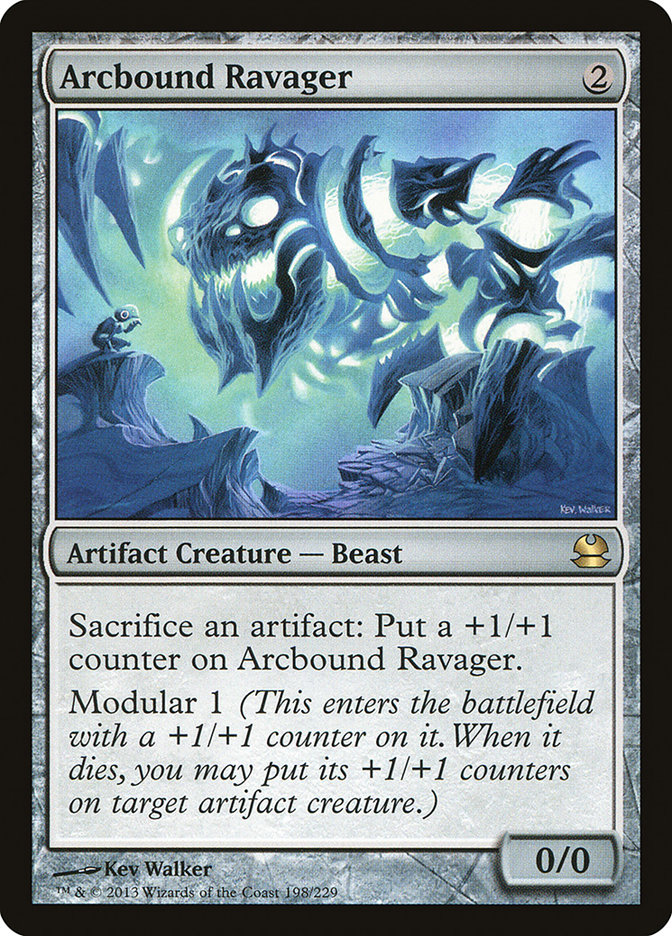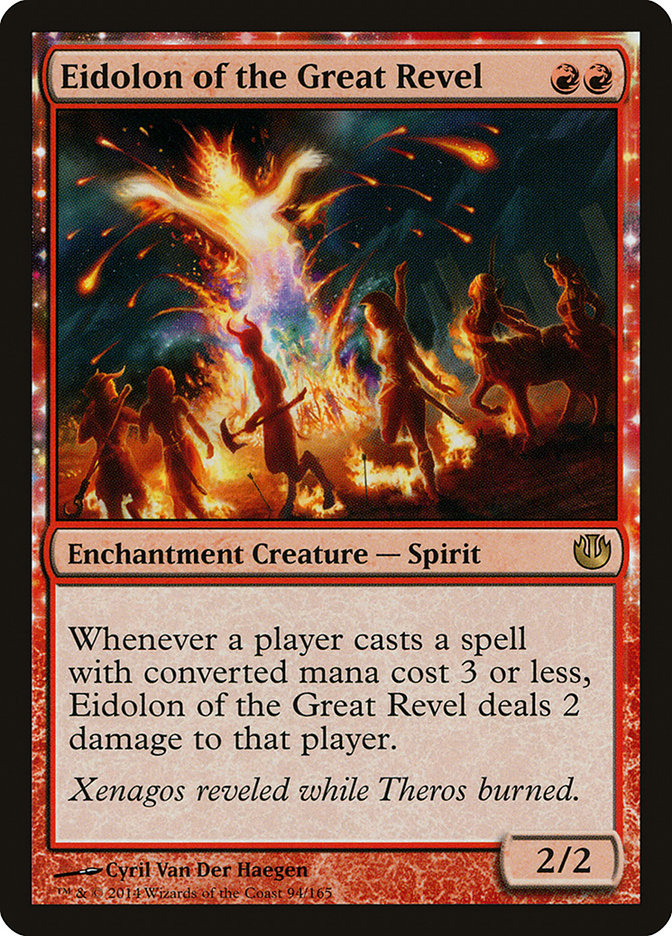Since the banning of Eye of Ugin, Modern has looked to be up for grabs. Not only were there multiple unbans flying around the top tables in Ancestral Vision and Sword of the Meek, but Oath of the Gatewatch still had playable cards in a format without Eye of Ugin.
Still, there are some things you can only see after a long fifteen-round event. With the SCG Tour® coming to Milwaukee for #SCGMKE, we got out first taste of truly iterated Modern. Turns out there is a true deck to beat, and for once it’s not Jund.
Abzan Company not only won the event, but it was the most prevalent deck in the Top 8 of #SCGMKE and the #SCGINVI a couple weeks ago. Good players like Logan Mize are playing the deck, and they are winning with it a lot. Of course, this isn’t a shock to me for multiple reasons. Not only was the deck one of the few standing up to Eldrazi on sheer power, but I selected it for Pro Tour Oath of the Gatewatch because it was so dominant against the pre-Eldrazi metagame.
Again, I would like to cite the stats that first turned me onto the deck. Pre-Eldrazi, Abzan Company was putting up crazy numbers against the field. Not quite Eldrazi dominance numbers, but close to it. Amulet Bloom might be a better comparison as a combo deck that can also backdoor into a grindy game plan.
However, unlike Amulet, Abzan Company still has to play Magic against everyone. No turn 2 kills. It’s very good, but it is attackable.
Know Your Enemy
Creatures (30)
- 4 Birds of Paradise
- 3 Eternal Witness
- 2 Wall of Roots
- 1 Orzhov Pontiff
- 4 Kitchen Finks
- 1 Murderous Redcap
- 3 Noble Hierarch
- 3 Viscera Seer
- 1 Spellskite
- 2 Melira, Sylvok Outcast
- 1 Scavenging Ooze
- 1 Fiend Hunter
- 2 Voice of Resurgence
- 2 Anafenza, Kin-Tree Spirit
Lands (23)
Spells (8)

Creatures (29)
- 4 Birds of Paradise
- 3 Eternal Witness
- 2 Wall of Roots
- 4 Kitchen Finks
- 1 Murderous Redcap
- 3 Noble Hierarch
- 3 Viscera Seer
- 1 Spellskite
- 2 Melira, Sylvok Outcast
- 1 Scavenging Ooze
- 1 Fiend Hunter
- 2 Voice of Resurgence
- 2 Anafenza, Kin-Tree Spirit
Lands (23)
Spells (8)

Creatures (29)
- 4 Birds of Paradise
- 4 Eternal Witness
- 2 Wall of Roots
- 1 Orzhov Pontiff
- 4 Kitchen Finks
- 1 Murderous Redcap
- 3 Noble Hierarch
- 3 Viscera Seer
- 1 Spellskite
- 2 Melira, Sylvok Outcast
- 1 Scavenging Ooze
- 1 Fiend Hunter
- 2 Anafenza, Kin-Tree Spirit
Lands (23)
Spells (8)

I’ve selected three lists to display the archetype here: the winner of #SCGMKE, the most successful player on the SCG Tour® this year, and the player who has basically led the charge on Abzan Company becoming the top deck of Modern.
You may notice they all look very similar.
A lot of Abzan Company’s power comes from it being such a good combo deck. I tested a bunch of more flexible configurations for the Pro Tour and came to the conclusion that they were all worse off than the pushed combo list.
Much of this comes from how your mana curve affects your ability to fire off Chord of Calling early on. A lot of the flex between lists comes from wanting nine or ten creatures with converted mana cost two. Eight of those slots are basically locked into two Melira; Sylvok Outcast; two Anafenza, Kin-Tree Spirit; two Wall of Roots; and one Spellskite to set up and protect the combo.
Then the rest of the creature base comes in. Seven one-drop mana creatures, three Viscera Seer, five persist creatures, three Eternal Witness, and a Fiend Hunter all play very important roles. Add it all up, and you are looking at 26 locked-in creature slots, eight spells in Collected Company and Chord of Calling, and 23 lands for a total of three open spaces. Two of those are two-drops, and one is a flex slot.
What that means is that most of the Abzan Company lists you play against will vary in predictable ways. Maybe one of your opponents has a Qasali Pridemage or a Scavenging Ooze, but honestly, if your deck has that big of an issue with them finding one of those with Chord of Calling, your plan is more likely hoping they don’t have to begin with. If you have a plan to beat Abzan Company Game 1, it’s going to be equally good almost every match you play against them.
Looking at the sideboard, there’s a lot of common ground as well. Every list has a solid amount of removal to sideboard in, both as ways to answer threats that disrupt you like Scavenging Ooze and to disrupt opposing linear decks. There are also a ton of hateful Chord of Calling targets. You can’t play them all, but you can have a lot.
What this doesn’t leave room for is a sufficient density of normal threats to sideboard into a super-grindy deck. In Birthing Pod sideboards of the past, we saw Lingering Souls and all sorts of things along those lines, but Collected Company provides different pressures. The low-cost creature density required to make Company a playable card doesn’t give you the ability to sideboard into a lot of the potent high-cost threats like Sigarda, Host of Herons if you are also bringing in Path to Exile to manage Tarmogoyf and other threats.
It is worth noting one aspect of the Company deck’s sideboarding that alters things for fair decks: they are required to sideboard down on Chord of Calling if they want to sideboard in non-creature spells. Collected Company is the deck’s most powerful weapon against removal, and while the normal count required for it is around 25, this deck has a lot of “hits” like Birds of Paradise that make you want more actual creatures. Chord of Calling on the other hand is actively bad if your opponent is picking off your creatures. It turns out that paying five real mana for a two-drop is significantly less exciting than paying two mana and tapping three creatures that weren’t attacking. Odds are your opponent’s tutor targets are going to be less accessible games 2 and 3 if your main plan of attack is picking off their creatures.
Lines of Attack
Right off the bat, there is one plan that will fail. If there is an obvious hate card for your deck that Chord of Calling can find in time to stop you, you deck will not beat Abzan Company. If the obvious hate card is in their maindeck, it is even worse.
This is one reason Abzan Company has been so successful. You have Kataki, War’s Wage; Qasali Pridemage; and Orzhov Pontiff for Affinity. You have Spellskite, Orzhov Pontiff, and the super-spiteful built-in ability of Melira, Sylvok Outcast against Infect. You have Spellskite and Kitchen Finks against Burn. Those are the three default power linear decks of the format, and one of the historical issues with deck selection in the format is that beating all three of them at once is extremely difficult. The fact that Abzan Company can do so almost effortlessly is absurd, especially when you add in the fact that it manages to beat two of the three without any sideboard cards.
The exception to this is if you catch them off-guard. As mentioned, there are just enough sideboard slots in Abzan Company to have answers to almost everything. You will notice none of the lists posted above have access to Phyrexian Revoker or Fulminator Mage to attack Tron. While Joe Lossett lost in the finals, he was well-positioned to bash through the metagame with a deck the various Abzan Company decks weren’t well-positioned to interact with.
Even if you catch them without a sideboard card, Abzan Company is still a fast deck. If you are going to lose to turn 4 infinite life most of the time, you will still lose to them. You either need to be able to stop them from getting to that point or kill them after the combo. The best examples of this on either end are Scapeshift and Tron. Scapeshift is very good at preventing Company from assembling the combo between Anger of the Gods, Lightning Bolt, and countermagic, while Tron often can just fire back with Oblivion Stone or Ugin, the Spirit Dragon and then win with Karn Liberated or Ulamog, the Ceaseless Hunger against infinite life.
A good example of failing here is Ad Nauseam combo. Many lists have defaulted to two Lightning Storm or a split with Conflagrate, but without Labratory Maniac you are likely to just get out-comboed by a trillion life.
There are also linear decks that just win the game before Chord of Calling for a relevant creature ever occurs, or really just one: Goryo’s Vengeance. Sure, you can Scavenging Ooze to hold off Goryo’s Vengeance or Sin Collector their Through the Breach, but that involves getting a third turn, which is quite the luxury.
To reiterate, if you want to play combo and face down Abzan Company, choose one:
A) Kill them on turn 2 or 3 without scooping to their more redundant two-drop hate like Melira, Sylvok Outcast or Spellskite.
B) Figure out what hate card they don’t have that week and then effectively or actually win on turn 4 through infinite life.
C) Figure out what hate card they don’t have that week and then play a slightly slower version of that deck that has just enough disruption to make them slower than you.
That, of course, only covers part of the field. What if you are one of those people who like “actually playing Magic” or something?
Do you like Steam Vents or Overgrown Tomb?
If you like blue spells, the Abzan Company player is going to beat you by wearing you down on answers with two-for-one threats.
The first part to beating this is having some removal that breaks through their weapons. Most of Abzan’s value creatures get value by actually dying, and access to some exiling removal is required to stand up to Kitchen Finks and Voice of Resurgence. The obvious card is Path to Exile, but Pillar of Flame still exists for those Izzet purists out there. If you are applying pressure with hard-to-block threats, Vapor Snag also does good work. In theory Vedalken Shackles or Threads of Disloyalty should also help out, but the Company deck has access to several good answers in Qasali Pridemage and Abrupt Decay.
The second part is managing their Collected Company–Eternal Witness engine. Snapcaster Mage plays a part here in keeping up with that part of the two-for-one game, but you need more. Electrolyze is really the best weapon here, allowing you to both clear away multiple future Gavony Township-able bodies and get ahead on cards. Ancestral Vision will also do a lot here if you back it with enough cheap removal, though if you are an Ancestral Vision deck and aren’t overloaded on cheap answers, I don’t know what you are doing.
In theory Rest in Peace also helps here, but going down a card and a turn to cast it is not without cost. It’s also hard to imagine a blue deck that wants Rest in Peace, given how good Snapcaster Mage is in the format.
The thing that will get you into hot water is leaning too heavily on countermagic. That leaves you open on multiple fronts. You will sometimes get wrecked by the instant-speed game of Collected Company and Chord of Calling, you will sometimes lose to the uncounterable Gavony Township pumping random 0/1s, and you will sometimes lose to their hate card of Voice of Resurgence.
For those playing green and black cards, your end-game is simple. At some point you will get your opponent into the Tarmogoyf abyss or rack up enough cards with Dark Confidant that their game plan is irrelevant. You just need to stop your Company opponent from winning before you get there, either via the combo or assembling a battlefield too big to beat with Gavony Township.
If you are playing Jund, you also get access to some bonus creatures that act similarly to Dark Confidant by letting you pick off extra creatures over time. I’m fairly sure every Jund list wants the first Grim Lavamancer in the maindeck as it has applications across the metagame, so that’s not a big deal. Olivia Voldaren is definitely on the slower side and won’t always be right, but it absolutely ends the game and also beats Lingering Souls given a straight-up fight in other spots.
Sometimes, your abyss mode is a bit easier. Scavenging Ooze and Kalitas, Traitor to Ghet let you turn off a lot of the interactions that make Tarmogoyf attacks annoying, namely Kitchen Finks being Kitchen Finks. These cards are limited in their scope outside of the Abzan Company matchup, but given how good the deck is right now, that likely just means that not all of your copies end up in the maindeck. Oddly, Scavenging Ooze might actually be more effective than Kalitas as it also cuts off Eternal Witness for spells, but Kalitas is a straight-up knockout if you follow it up.
The problem is going to come in sideboarded games where the Abzan Company player has access to answers to your threats. Your big trumps are creatures that you can ride to repeat advantages. Once they have answers, the key is overloading their removal. That means finding a sideboarded configuration where all your mediocre creatures and answers are swapped out so you can be all effective cards and spot answers. That means attacking their hand to protect your threats is going to matter.
Anger of the Gods or Jund Charm is nice, but it doesn’t actually win the game. Without some big game-ender you will end up getting run down on cards by them.
It’s possible that you can apply a strategy similar to the blue decks where you end up ahead in the card advantage game, but when your big weapon is Painful Truths, I have concerns about dying to chip-shot damage. I wouldn’t pass on sideboarding in a copy or two, but focusing on this as a plan seems risky.
I will tell you what never works: trying to beat the green creature combo deck with mediocre white bodies. They will just out-grind you with Kitchen Finks and Eternal Witness. Death and Taxes is just as bad as it has always been.
Another path that fails is anything that has Kitchen Finks problems. The Company deck will regularly produce two to four copies of that card a game between Eternal Witness, Chord of Calling, and Collected Company. Attacking with random Zoo creatures is not going to work.
Regardless of which path you choose, I would like to remind you of one last fact.
This is still Modern.
Abzan Company is not going to be more than 10% of the metagame. Odds are it will be distinctly lower than that. Whatever you do, remember that even if it is the best deck you need to beat it with something that has broadly powerful gameplans elsewhere.


